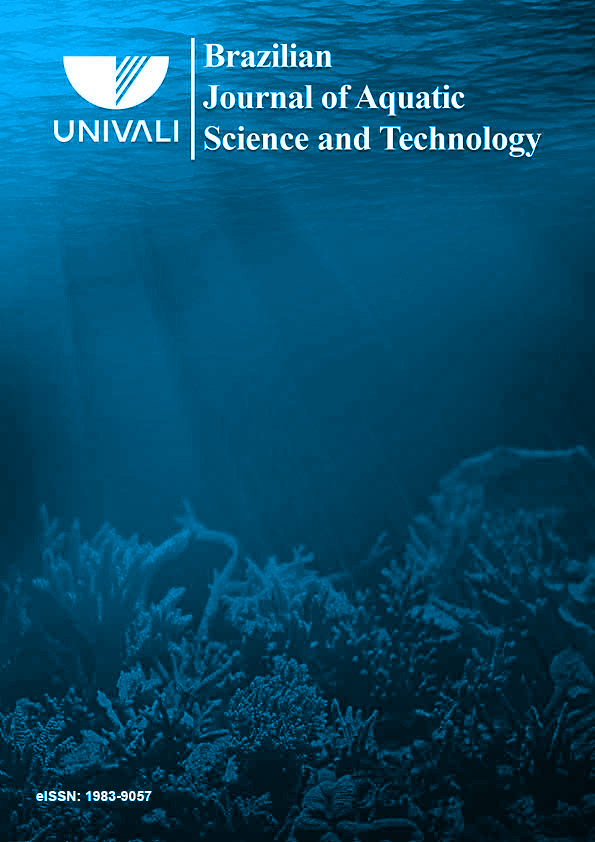

Frugivory by birds Myrsine coriacea ((Sw.) R.Br. ex Roem. & Schult.) (Primulaceae) and their potential use in restoration projects Frugivory and seed dispersal studies are fundamental to comprehend the reproductive biology of plants. The aim of this work was to identify the species of birds that interact with M. coriacea, identifying its potentials dispersal vectors and assessing the use of this plant on ecological restoration programs. The observations were conducted on forest edges at Serra do Itajaí National Park, in two different moments with complementary methodologies. In the first period between June 2001 and 2002 it was adopted the hour-plant (tree-focal) as observation unit, with 15 plants selected for quantitative records, distributed throughout the day and totalizing 21 hours of observation. In the second period, from January 2013 to August 2015, it was adopted the feeding-bouts method on existing tracks. Considering both methods, 31 bird species were registered. Among them stand out in the focal method the species Turdus rufiventris (Vieillot, 1818), T. amaurochalinus (Cabanis, 1850) e T. abicollis (Vieillot, 1818), which in short visits ingested entire fruits, just as Tangara desmaresti (Vieillot, 1819) and Chiroxiphia caudata(Shaw & Nodder, 1793), forest species that promote the flow of seeds from more advanced stages of succession to areas under restoration. These aspects, associated with an abundant fructification and a fast shadowing, authorize their employment on ecological restoration projects.






Environmental Sciences, Aquatic and Coastal Environments.
BJAST adopts the policy of continuous publication of articles. Therefore, whenever a manuscript is approved for publication, it will be immediately available for reading.

